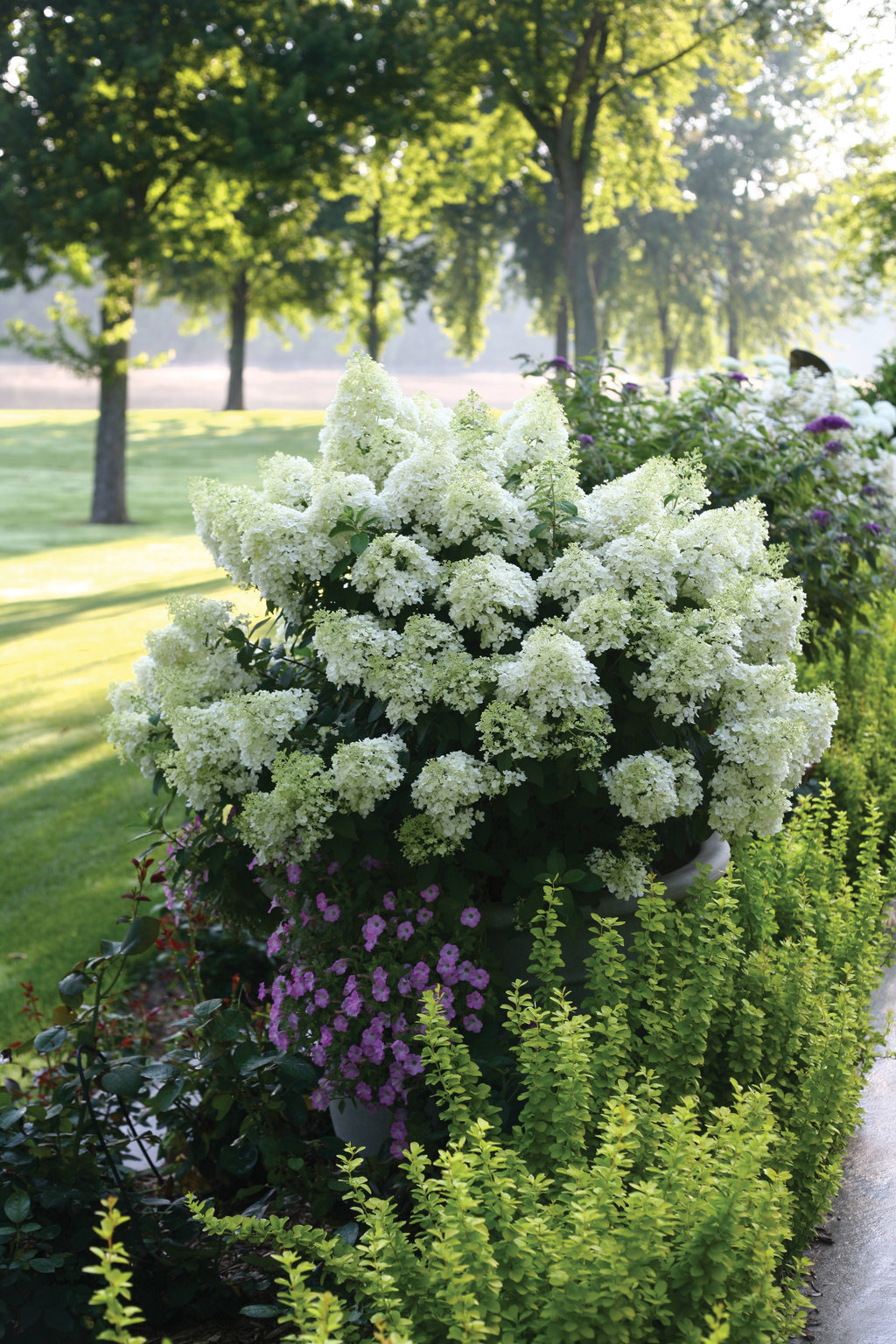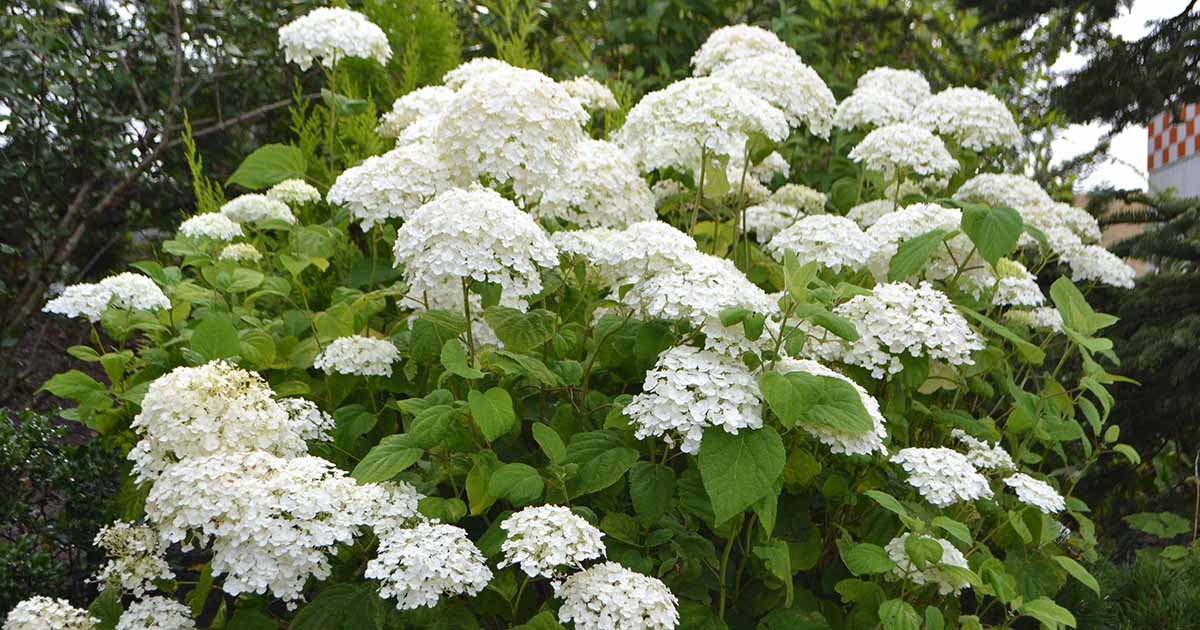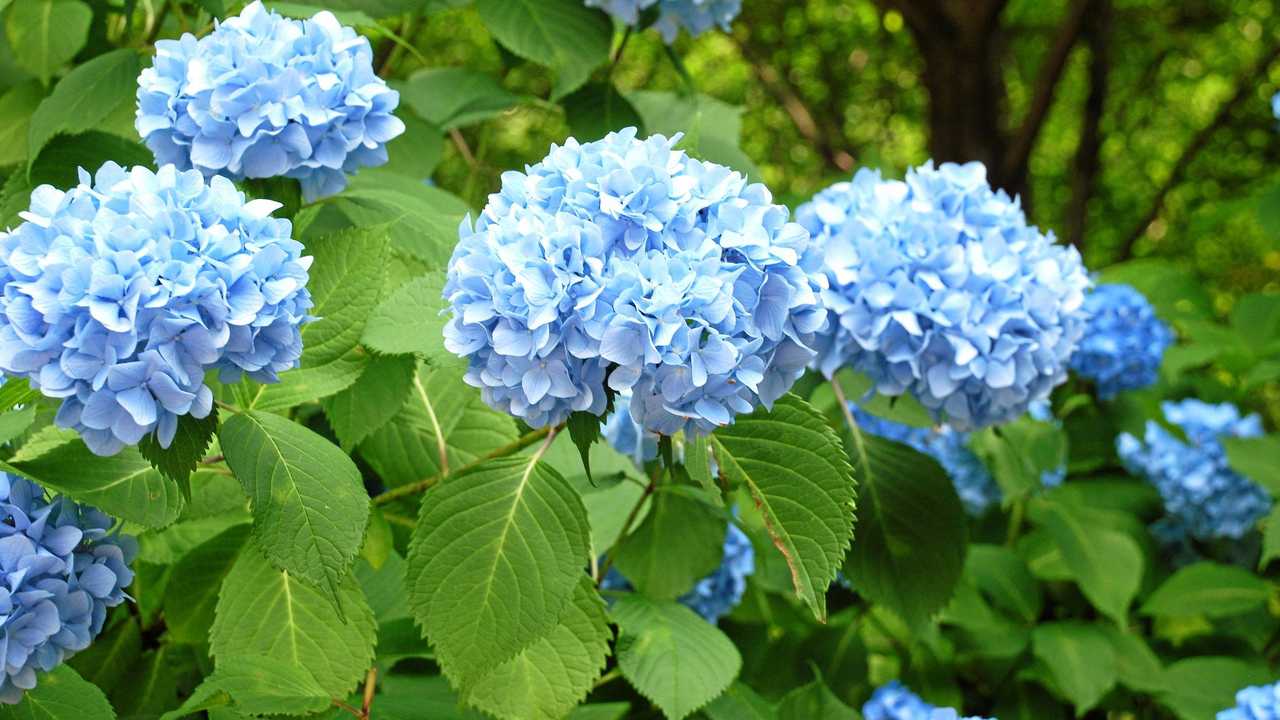Hydrangeas In Brisbane: A Guide To Growing And Caring For These Beautiful Blooms
Hydrangeas in Brisbane: A Guide to Growing and Caring for These Beautiful Blooms
Hydrangeas are a popular choice for gardens in Brisbane, and for good reason. They are beautiful, easy to care for, and can add a touch of elegance to any landscape.
In this blog post, we will discuss everything you need to know about growing and caring for hydrangeas in Brisbane. We will cover topics such as:
- Choosing the right location
- Planting hydrangeas
- Watering and fertilizing hydrangeas
- Pruning hydrangeas
- Dealing with pests and diseases
We will also provide some tips on how to get the best blooms from your hydrangeas.
Choosing the right location
The first step to growing hydrangeas is choosing the right location. Hydrangeas prefer a spot that gets morning sun and afternoon shade. They will also do well in full shade, but they may not flower as well.
The soil should be moist, but well-drained. Hydrangeas are susceptible to root rot, so it is important to make sure that the soil does not stay soggy.
Planting hydrangeas
The best time to plant hydrangeas in Brisbane is in the fall or spring. When planting, dig a hole that is twice as wide as the root ball of the hydrangea. Backfill the hole with a mixture of native soil and compost.
Water the hydrangea well after planting. You may need to water it several times a week during the first year.
Watering and fertilizing hydrangeas
Hydrangeas need regular watering, especially during the first year. Water them deeply once a week, or more often if the weather is hot and dry.
Hydrangeas also need to be fertilized regularly. In the spring, apply a balanced fertilizer to the soil around the hydrangea. You can also fertilize hydrangeas with compost or manure.
Pruning hydrangeas
Hydrangeas should be pruned in the spring, before the new growth starts. Pruning hydrangeas will help to keep them healthy and encourage new blooms.
There are two main types of pruning for hydrangeas: formative pruning and deadheading. Formative pruning is done to shape the hydrangea and encourage new growth. Deadheading is done to remove spent blooms.
Dealing with pests and diseases
Hydrangeas are relatively resistant to pests and diseases. However, they can be susceptible to aphids, scale, and powdery mildew.
If you see any pests or diseases on your hydrangeas, you can treat them with a natural insecticide or fungicide. You can also try to control pests and diseases by watering your hydrangeas regularly and keeping the leaves dry.
Getting the best blooms from your hydrangeas
There are a few things you can do to get the best blooms from your hydrangeas:
- Choose the right variety. There are many different types of hydrangeas, so choose one that will do well in your climate.
- Plant your hydrangeas in the right location. Hydrangeas need morning sun and afternoon shade.
- Water your hydrangeas regularly. Hydrangeas need moist soil, but they are not tolerant of soggy soil.
- Fertilize your hydrangeas regularly. Hydrangeas need a balanced fertilizer.
- Prune your hydrangeas properly. Pruning hydrangeas will help to keep them healthy and encourage new blooms.
Conclusion
Hydrangeas are beautiful and easy-to-care-for shrubs that can add a touch of elegance to any garden. By following the tips in this blog post, you can grow healthy and beautiful hydrangeas in Brisbane.
Hydrangeas are a popular flowering shrub in Brisbane, and for good reason. They come in a variety of colors, from blue to pink to white, and they bloom from spring to summer. If you're looking to add some hydrangeas to your garden, there are a few things you need to know.
First, hydrangeas prefer moist, well-drained soil. They also need some sunlight, but they do best in partial shade. If you live in an area with alkaline soil, you may need to add some sulfur to the soil to make it more acidic.
Once you've chosen the right spot for your hydrangeas, you can plant them in the spring or fall. Be sure to water them regularly, especially during their first year.
For more information about growing hydrangeas in Brisbane, I recommend visiting . This website has a wealth of information on hydrangea care, including soil requirements, planting tips, and pest control.
FAQ of hydrangea brisbane
Q: What are the best hydrangeas for Brisbane?
A: There are many different types of hydrangeas, but some of the best for Brisbane include:
- Hydrangea macrophylla: These hydrangeas are known for their large, colorful blooms. They are hardy in Brisbane's climate and can tolerate a wide range of soil conditions.

- Hydrangea paniculata: These hydrangeas have large, cone-shaped blooms that are white, pink, or blue. They are also hardy in Brisbane's climate and can tolerate a wide range of soil conditions.

- Hydrangea arborescens: These hydrangeas have small, white or pink blooms that are borne in clusters. They are hardy in Brisbane's climate and can tolerate a wide range of soil conditions.

Q: When is the best time to plant hydrangeas in Brisbane?
A: The best time to plant hydrangeas in Brisbane is in spring or autumn. This will give the plants time to establish themselves before the hot summer or cold winter weather.
Q: How do I care for hydrangeas in Brisbane?
A: Hydrangeas need regular watering, especially during the hot summer months. They also benefit from being fertilized in spring and autumn. Hydrangeas prefer well-draining soil, so it is important to amend the soil with compost or manure before planting.
Q: What are some common problems with hydrangeas in Brisbane?
A: Some common problems with hydrangeas in Brisbane include:
- Leaf spot: This is a fungal disease that can cause brown or black spots on the leaves. It can be treated with a fungicide.
- Slugs and snails: These pests can eat the leaves and flowers of hydrangeas. They can be controlled with slug bait or snail bait.
- Wilting: Hydrangeas can wilt if they are not watered enough. Make sure to water them regularly, especially during hot weather.
Q: How do I change the color of my hydrangeas?
A: The color of hydrangeas is affected by the pH of the soil. In acidic soil, hydrangeas will bloom blue. In alkaline soil, hydrangeas will bloom pink. You can change the color of your hydrangeas by adjusting the pH of the soil.
Image of hydrangea brisbane
5 different images of "hydrangea brisbane" from Pinterest.com:
This is a large, mophead hydrangea that is native to Australia. It blooms in shades of pink, blue, and white, and can grow up to 6 feet tall.
This is a smaller, lacecap hydrangea that is also native to Australia. It blooms in shades of pink, blue, and white, and can grow up to 3 feet tall.
This is a versatile hydrangea that can be grown as a shrub or a tree. It blooms in shades of pink, blue, and white, and can grow up to 10 feet tall.
This image shows a Brisbane hydrangea in full bloom. The flowers are a beautiful shade of pink, and they are surrounded by lush green leaves.
This image shows a Brisbane hydrangea in a garden. The hydrangea is planted in the foreground, and it is surrounded by other flowers and plants.



Post a Comment for "Hydrangeas In Brisbane: A Guide To Growing And Caring For These Beautiful Blooms"